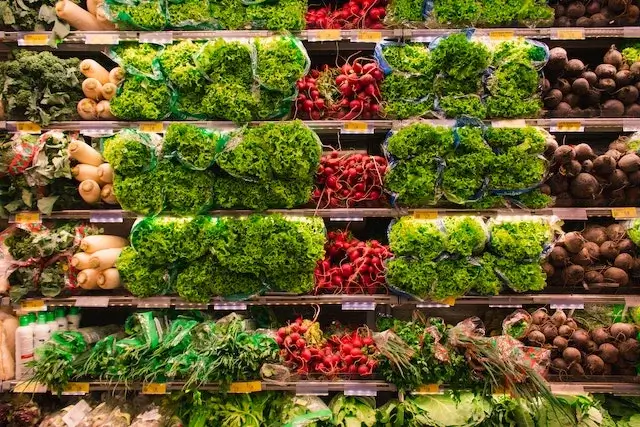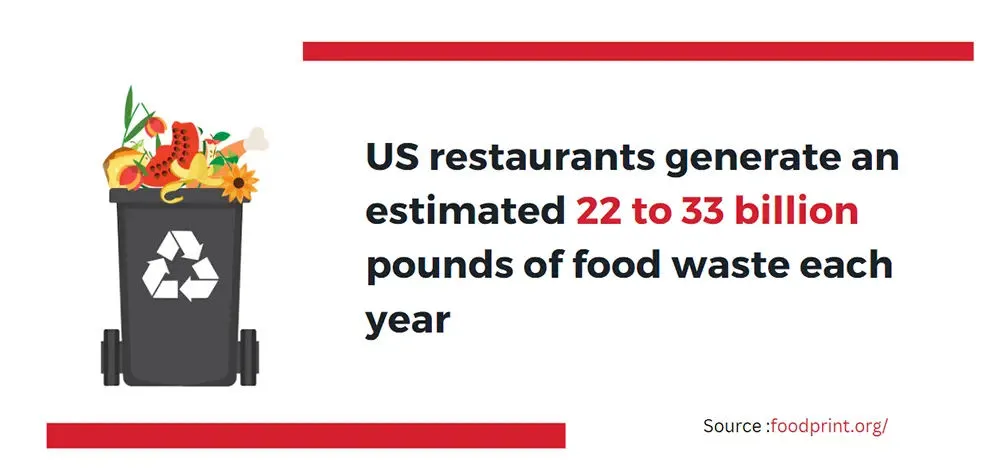Restaurant inventory management is crucial to effectively track and monitor their inventory levels. Through the insights gained from inventory management, restaurant owners can strike the right balance to prevent excess cash from being tied up in inventory or food waste, while ensuring they can meet customer demand.
Ultimately, efficient inventory tracking serves as a loss prevention tool and a measure of profitability, enabling restaurants to optimize operations, control costs, and maximize overall success.
Skilled restaurateurs with a strong grasp of inventory management are equipped with:
- Real-time knowledge of the inventory purchased
- The daily consumption rate
- The remaining inventory at the end of each day
Essential Inventory Management Terms
When it comes to managing restaurant inventory effectively, it’s crucial for restaurant owners to have a solid understanding of the technical jargons that are used in inventory management. Here’s some of the terms for you to get yourself familiar with:
1. Cost of Goods Sold (COGS):
COGS is a critical metric that helps you track and manage costs. It represents the cost of the ingredients used in your menu items, including any food waste. To calculate COGS use:
Beginning inventory + Purchased inventory – Ending inventory = COGS.
By expressing COGS as a percentage of sales, you can assess its impact on your profitability.
2. Par Levels:
Par levels refer to the minimum amount of inventory a restaurant should keep on hand to meet customer demand. It includes a small buffer to account for unexpected fluctuations in inventory, such as increased demand or food waste.
3. Units of Measurement (UOM):
UOM determines how inventory quantities are measured, such as ounces, pounds, bags, or kilograms. Consistency in UOM is vital, as it ensures accurate unit conversions when purchasing ingredients and using them in recipes.
4. Unit Conversion:
Unit conversion is the process of converting one UOM to another. For example, if you purchase beef by the pound but serve it by the ounce, you need to calculate the cost per ounce for accurate pricing.
5. Recipes:

Recipes define the type, quantity, and volume of ingredients required to make a dish. Precise recipe costing enables you to gain insights into the profitability of your menu items.
6. Count Sheet:
A count sheet is an inventory control tool, often in the form of a spreadsheet, used to assist with inventory counting. It typically includes item descriptions, universal product codes (UPCs), suppliers, UOM, costs, and quantities.
7. Shelf-to-Sheet:

Shelf-to-sheet is a method of taking inventory where you count the items on the shelf and in storage, cross-checking them against your inventory management system. Organizing count sheets to reflect the kitchen layout streamlines the process.
8. End-to-End Inventory Management:
End-to-end inventory management encompasses all aspects of restaurant inventory, from order management and storage to counting and updating inventory price data from invoices.
9. Sitting (or On-Hand) Inventory:
Sitting inventory refers to the amount of stock currently available in the kitchen, either in terms of its dollar value or physical quantity.
10. Depletion:
Depletion represents the amount of inventory used over a specific period. Tracking depletion helps monitor food costs and COGS, enabling you to analyze Product Mix Management (PMIX) reports and assess menu item profitability.
11. Usage:
Usage quantifies the amount of inventory you plan to use during a specific period. It is calculated by dividing the value of your sitting inventory by the average rate of depletion.
12. Actual vs. Theoretical Inventory:
Actual inventory represents the true levels after accounting for factors such as waste, theft, spillage, and miscalculated portions. Theoretical inventory is the expected levels based on consumption or sales.
13. Variance:
Variance measures the difference between actual and theoretical inventory and can be expressed as a dollar value, percentage, or physical quantity. Variances can indicate data input errors, theft, or food waste.
14. Inventory Shrinkage:
Inventory shrinkage refers to the loss of stock due to theft, spillage, breakage, food waste, and miscalculated portions. It is a common reason for discrepancies between recorded and actual inventory levels.
15. Yield:
Yield represents the amount of usable product obtained after cleaning and trimming, often expressed as a percentage.
By familiarizing yourself with these essential restaurant inventory management terms, you’ll be better equipped to streamline your operations, control costs, and make informed decisions.
The Best Practices to Manage Restaurant Inventory Effectively

In order to effectively manage your restaurant inventory, it is crucial to follow certain best practices. Here are some practices that restaurant owners can adopt when managing inventory.
1. Regular Inventory Checks
Conducting consistent inventory checks is key in restaurant inventory management. This process allows you to maintain optimal inventory for your restaurant, thus avoiding both overstocking and understocking.
2. Organizing Your Space Effectively
Start your inventory management by effectively organizing your restaurant space. It’s crucial to label all stored food and to arrange your storage areas (including walk-ins and dry storage) efficiently. This way, you can quickly identify necessary items and manage your restaurant inventory effectively.
3. Adopting a Consistent Count Schedule
Whether you opt for daily, weekly, or monthly checks, maintaining a regular schedule for your restaurant inventory helps establish an effective inventory management habit. It also simplifies COGS calculations and improves decision-making.
4. Streamlining Restaurant Inventory Procedures
Instruct your kitchen staff to check all incoming orders from suppliers against the corresponding invoices. This process ensures accuracy in terms of weight, quantity, and cost, aiding efficient inventory management for your restaurant.
5. Training Your Staff
Training all members of your team – from managers and shift leaders to line cooks and back-of-house staff – is essential in effective restaurant inventory management. An easy-to-use restaurant inventory management app can make this process simpler for all employees.
6. Implementing the First In, First Out (FIFO) Approach

To minimize spoilage, ensure your chefs use the oldest inventory or ingredients before newer ones. This simple act can drastically reduce food waste, aiding effective restaurant inventory control.
Sales, theft, spillage, incorrect portions, and food waste all contribute to inventory depletion. To maintain accurate restaurant inventory, it’s essential to account for all food waste.
7. Tracking Daily Sales Reports
Tracking sales daily is important since sales directly impact restaurant inventory. Regularly monitoring the data from the POS system allows you to adjust your restaurant’s inventory planning and provision deliveries promptly.
8. Managing Seasonal Items
Remember to account for seasonal items in your restaurant inventory. Tracking inventory can help you decide how long to keep certain seasonal items on the menu, based on customer interest.
9. Leveraging Restaurant Inventory Management Software

Navigating away from traditional manual methods like restaurant inventory management in Excel, modern restaurant inventory management software offers an all-in-one solution for tracking and managing inventory.This software reduces errors often associated with manual inventory spreadsheets for restaurants and includes user-friendly features such as an automated product catalog and par level ordering system.If you are used to restaurant inventory management in Excel, you’ll appreciate the comprehensive insights this software provides into your restaurant’s operations, fostering data-driven decision-making to boost profitability and efficiency
In conclusion, successful restaurant inventory management is pivotal in the face of increasing food costs. This involves comprehending key inventory terms and adopting best practices such as regular checks and organized spaces. Training staff and transitioning to inventory management software can minimize errors and provide insightful data. These strategies result in better cost control and improved profitability, fostering overall business success. It’s a strategic move every restaurant owner should consider.




